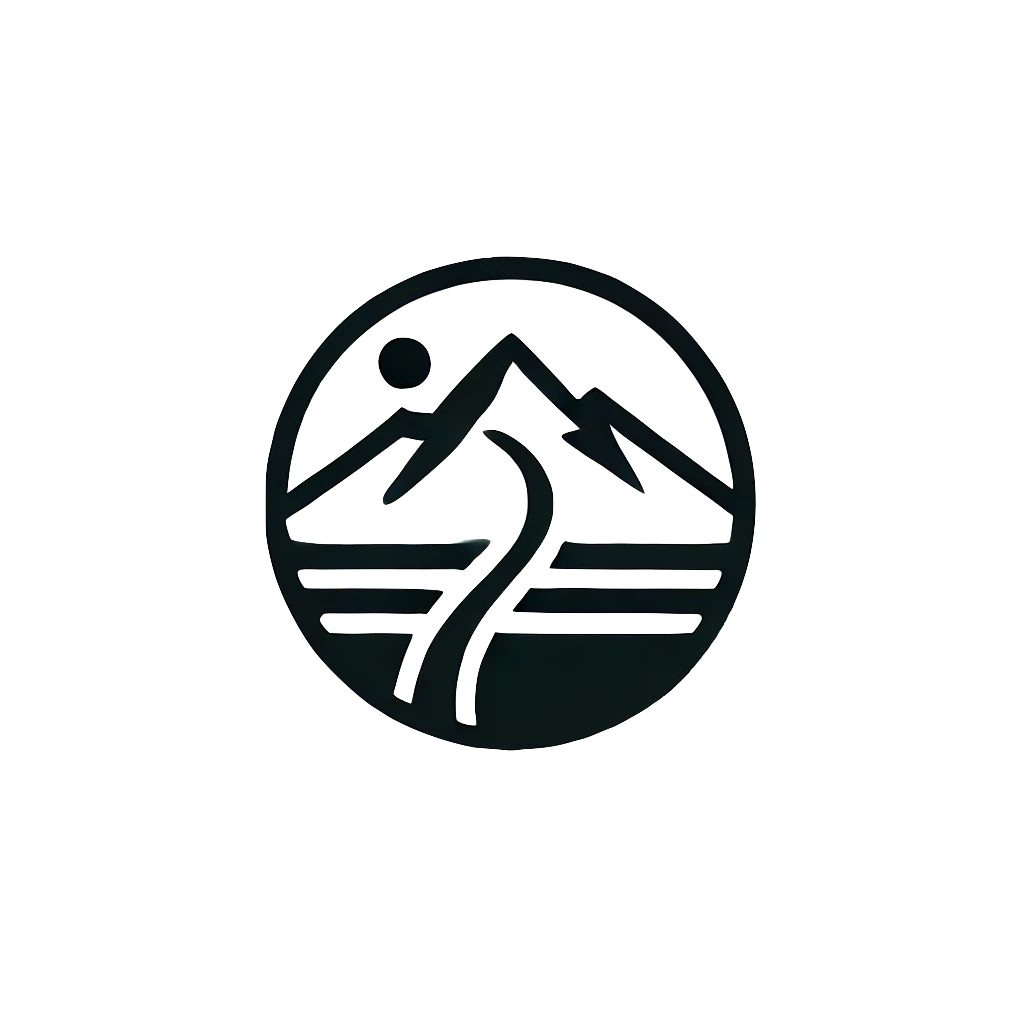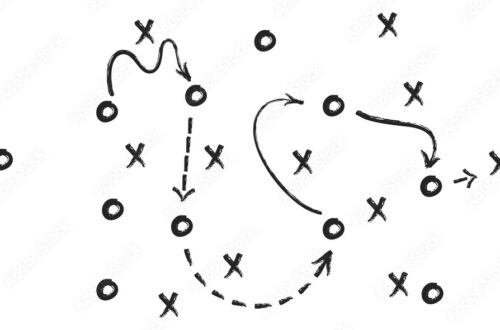Adaptive Training Programming
Procrastination or Planning? Defining the Path Forward
Sometimes, you just need to clear the table and see all the puzzle pieces laid out. That’s where I find myself today—not in the thick of action, but staring down a complex mix of goals, plans, and questions that need answering. The framework exists in my mind, the assumptions seem sound, but the daily grind often erodes the details. Let’s call this erosion “progress leaks.” It’s subtle, hard to measure, but undeniably real.
So, this week, alongside my usual workload, I’ll dedicate time to creating a solid framework for the year ahead: ATP 2025 – Annual Training Program.
This plan comes on the heels of what I’d hesitate to call a traditional off-season. It wasn’t a deliberate, structured break but rather a natural pause, thanks to a mix of illnesses, vacations (yes, plural), and the lingering effects of an injury that sidelined me for nearly three months earlier this year. Still, the overall training volume in 2024 was respectable, and the need for recovery wasn’t completely absent. It’s just that the recovery didn’t follow the classical mold.
Table of Contents
Breaking the Puzzle into Agile Pieces
Let’s dump all the pieces onto the metaphorical table. What’s the picture here? Is there a single clear direction, or are we mapping out a dynamic function with multiple variables? For this phase of planning, I’m adopting a philosophy rooted in agility, adaptability, and synergy.
Rigid plans that demand strict adherence lead to burnout and frustration. Instead, adaptive training programming allows for flexibility. This isn’t about abandoning discipline—it’s about creating a system that evolves alongside your body, your life, and the inevitable curveballs they throw.
Ditching SMART Goals for FLEX
Before diving into specifics, let’s talk about the goals themselves. For years, the SMART framework (Specific, Measurable, Achievable, Relevant, Time-bound) has been a cornerstone of goal-setting. And while it’s a fine tool for simple, short-term objectives, it crumbles under the weight of long-term, complex ambitions.
Here’s where SMART falls short:
- Linear Thinking: Life doesn’t follow straight lines. Progress is rarely a smooth, upward trajectory; it’s often messy and nonlinear, filled with detours, regressions, and periods of stagnation. The rigidity of SMART ignores this complexity.
- Overemphasis on Measurability: Sure, measurable goals are helpful. But some of the most important aspects of training—mental resilience, adaptability, and self-awareness—defy simple metrics.
- Inflexibility: The real world demands dynamic goals that can shift with changing circumstances. SMART’s rigidity often leads to frustration when plans inevitably go awry.
So, what’s the alternative? I call it FLEX—a more holistic, adaptive approach to goal-setting that’s better suited for today’s challenges. Here’s how it breaks down:
- Flexible: Goals must adapt to evolving conditions and constraints. Progress isn’t always linear, and neither should your goals be.
- Long-term: Prioritize enduring benefits over short-term wins. Build a foundation for health and resilience.
- Evolutionary: Goals should grow with you, evolving as you gain experience and discover new potential.
- Experimental: Treat training as an experiment. Success comes from learning, not rigid adherence to predefined metrics.
Testing FLEX: UTMB as the Ultimate Goal
Let’s put this philosophy to the test with a concrete goal: completing the UTMB (Ultra-Trail du Mont-Blanc) within the time limit. If you’re unfamiliar, the UTMB is the pinnacle of mountain trail running—a grueling 176 km course with 10,000 meters of elevation gain. It’s the holy grail of ultra-running, akin to the Ironman World Championship in triathlon.
My goal is to complete this race before I turn 50, giving me roughly five years to prepare. Is it ambitious? Absolutely. Is it realistic? That depends on how well I plan and adapt along the way. The challenge isn’t just physical; it’s logistical, psychological, and deeply personal.
Motivation: The Engine Behind the Goal
Achieving a long-term goal like UTMB requires a wellspring of motivation, and not all motivation is created equal. Based on experience, only authentic, deeply rooted motivations can sustain the kind of effort and persistence such challenges demand. Let’s break this down:
- Intrinsic Motivation: This is the strongest and most enduring form of motivation. When your goals align with your values and identity, they become part of who you are. Completing UTMB isn’t about proving anything to anyone—it’s about personal growth, exploration, and pushing my limits.
- The Problem with Negative Motivation: Motivation fueled by external validation—like impressing others or chasing social media clout—is fleeting. When the likes and accolades dry up, so does the drive. Worse, it can lead to burnout and disillusionment.
- The Role of Authenticity: When a goal is authentic, the process itself becomes rewarding. Even setbacks and challenges feel meaningful because they align with your deeper purpose.
The Philosophy of Projects vs. Processes
This brings us to an important distinction: projects vs. processes. Many coaches talk about embracing “the process” as a path to success. While that’s great for ongoing maintenance goals (e.g., staying healthy or maintaining fitness), it doesn’t always apply to finite challenges like UTMB.
A project has a clear endpoint. It’s time-bound, with a specific objective to achieve. The UTMB isn’t an endless pursuit—it’s a defined challenge with a finish line. Framing it as a project allows for focused effort, clear milestones, and a sense of closure.
In contrast, processes are cyclical and ongoing. They lack the sharp definition of projects, which can make them harder to sustain emotionally. For UTMB, I’m embracing the project mindset, balancing discipline with flexibility, and treating each step as part of a larger narrative.
Adaptive Programming: Bringing It All Together
So, what does all of this philosophy have to do with training plans? Everything. The shift from rigid structures to adaptive frameworks like FLEX isn’t just theoretical—it’s a practical approach that informs every decision, from weekly training blocks to long-term macrocycles.
By treating training as a living, evolving project, I’m not just chasing a finish line—I’m building a system that aligns with my values, adapts to my reality, and prepares me for the challenges ahead.




One Comment
Pingback: